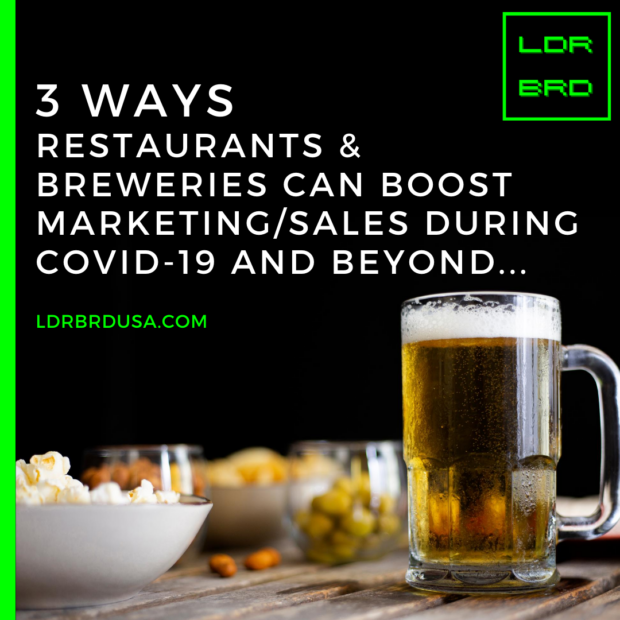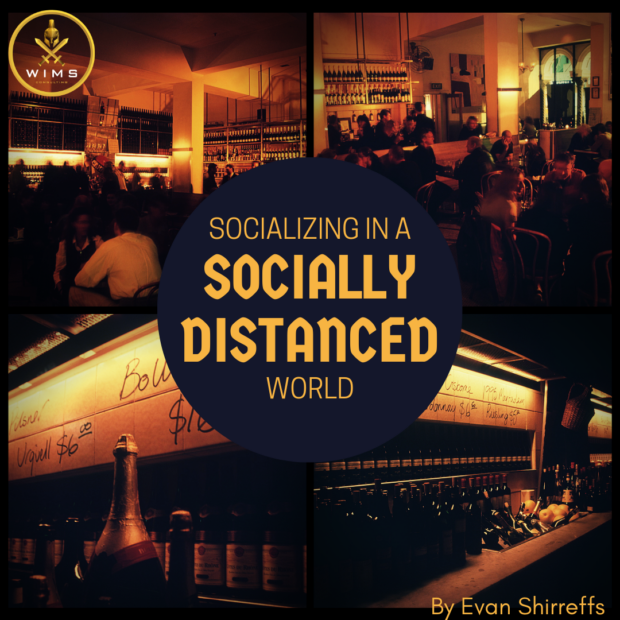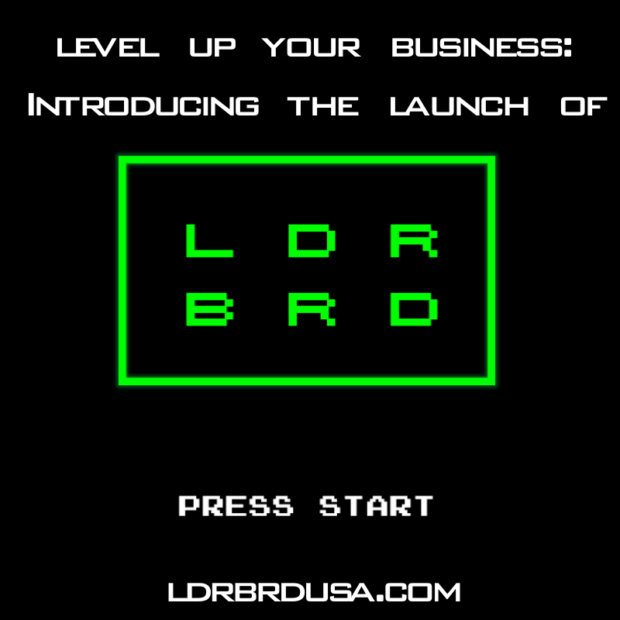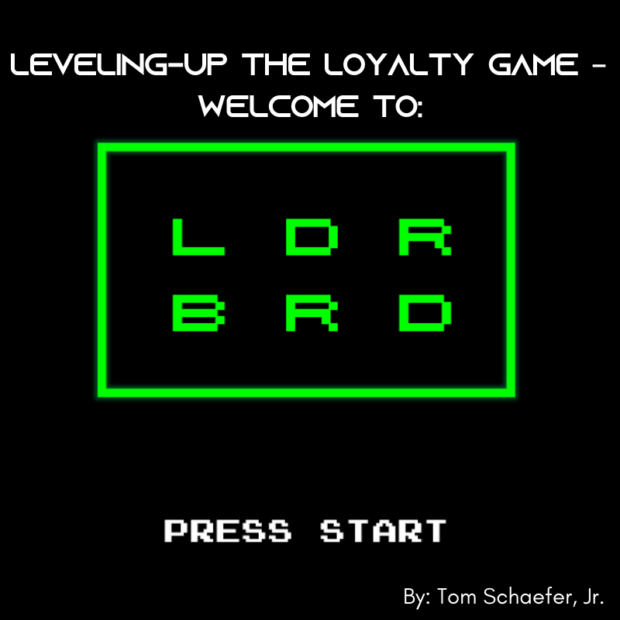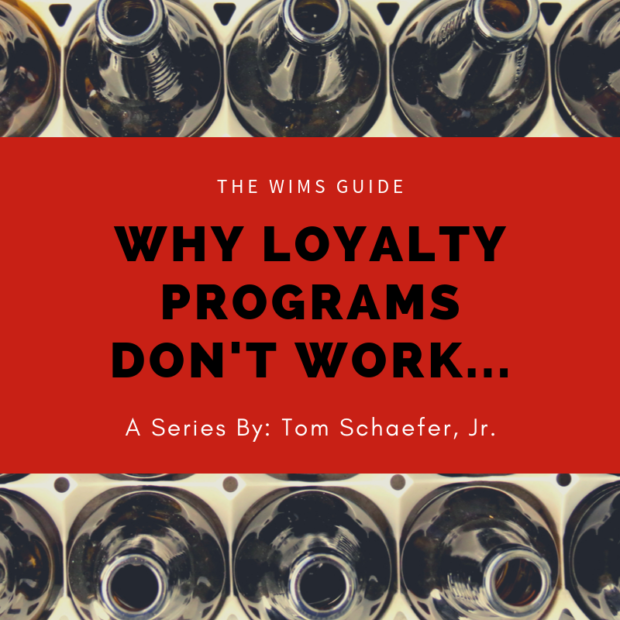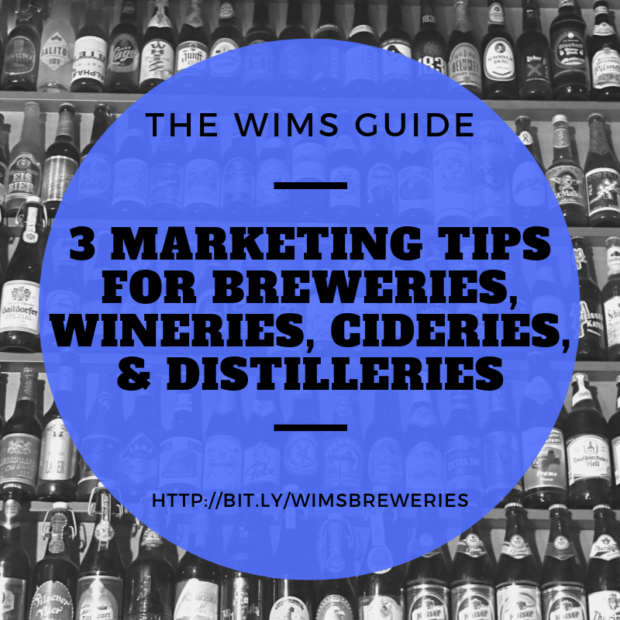As Marketers, one of the key metrics we follow is brand engagement, also known as Loyalty. We often talk about the size of a market, or how much market penetration a particular business or campaign has achieved. Loyalty is the measurement of how much of our captured market repeats business with us.
It’s said keeping a customer is cheaper than gaining a new one. Considering the retail industry as a whole spent over $1.9 Billion in 2016 running Loyalty programs, I’d say it’s still pretty costly. Businesses use “Loyalty Programs” or “VIP Clubs” as a way to grow customer loyalty. Unfortunately, these programs are often costly to operate and rarely translate to any kind of loyalty to the brand using them.
The average house is participating in over a dozen loyalty programs, and less than half the users are active or engaged with the brands. While the program is designed to increase loyalty, the business ends up spending money on the customer base that’s least likely to leave. These programs effectively cut into the profit margins from customers that were likely going to return, regardless of any additional perks. That last part is especially true considering most of the participants either don’t know how to redeem the rewards, or don’t care enough to find out.
You can find all of this information and research with a simple Google search. However, there is one market segment adding these types of programs at a faster rate than previous years. The beverage industry, specifically Breweries, Brewpubs, Tap houses, Wineries and Vineyards, Distilleries, and Hard Cider Mills. The most common model is by far the Mug Club, or Mug Membership. While some are a one-time payment, most are annual or monthly payments to a business, providing the member with added perks. Now, as a former member of these clubs, I LOVED them. I probably doubled my money with the perks I received. An example of the perks is as follows:
-Personalized mug, typically 2-4 ounces larger than the standard pint but priced the same
-Brewery/Tap house Merchandise (T-shirts, Hats, Koozie, bottle openers, stickers, etc.)
-Discounts on Beer/merchandise
-Special Events (no cost to members)
-First in line for special events/product releases
-Free Growlers and discounted fills
The average cost of these programs to the members can range anywhere from $40 to a couple hundred, depending on the Brewery or Bar. I spent $150 to join one, and $85 a year to keep it renewed, with additional shirts and events with each renewal. The Breweries justify this by saying it creates a group of loyal customers that will promote the business outside the walls and gives the members a unique sense of community. When most of the Brewery clubs have 100 members or more, that’s a big cut into a profit margin from a group of people that would likely be loyal customers with or without the club. Can the breweries prove these members are promoting them in the community? What’s the return on the brewery’s investment? If you can’t prove something works, how do you justify the expense?
Alternatives to the Club
Now you don’t think I’d sit here and rip apart an old system that’s been in place for years without offering alternatives, do you? I love a good beer, and want to see these Breweries grow. They stay in the same system, or don’t participate, because there aren’t many people out there talking about alternatives. The end goal is to increase their market share, and promote loyalty within their current customer base.
Special Release Clubs
These kinds of membership clubs seem to work for those chasing the elusive “Whales”, or special limited run bottles. Breweries can forecast what kinds of beer they want to make, based on cost of production, and divide that total into the membership count to give them the cost per member. Tag on whatever margin they need to make it worth their time, and the membership group can turn a profit before the first batch ever goes into production. This gives the members a sense of loyalty, status, and keeps them engaged with the brand as they look forward to the next release. There’s a value add, and breweries can measure the benefit. Club members typically have to travel to the brewery to pick up the bottles, and will often spend a bit more on beer during the visit. POS systems can track the members and allow breweries to measure the additional revenue per member at the time of the visit.
Active Point Systems
This is a new take on the long-standing loyalty system, but with a twist. Breweries, Distilleries, Cider Mills, and Vineyards/Wineries can easily turn their typical social and marketing engagements into a point system. By continually engaging with their markets, breweries can put out a series of tasks that equal points. Create a clear, public facing list of “award tiers” that customers can follow, and the point totals needed to reach each one. World of Beer did something along these lines with their “1 point per beer purchased” programs, with prizes ranging from a free t-shirt to a private party with a free keg of your choice. Not a bad start, but they could have gone further.
The one beer = one point model only works when people are in the building, and it isn’t typically something most of their market thinks about unless they’re already patronizing a location. The prizes also need to be collected from the location they signed up for the program. This negates the benefits if someone moves or a location goes out of business. You can switch your “home” location, but that’s unnecessary friction for the customer.
Award Tiers need to not only benefit those already in the building, but also incentivize the market as a whole to either patronize a brewery, or promote the brewery. Our team at WIMS put together a system that rewards your market for not only coming in to buy your product, but also promote your product to their own network. You keep them engaged with your brand with regular bonus point activity, creating a sense of community. We put a system in place that allows you to track and quantify the return on investment from the dollars spent on a marketing campaign. The best kind of loyalty is from customers that not only frequent the brewery, but also promote the brewery when they’re not there. Expand the market and increase loyalty within the new segments as it grows.
Whatever system you put in place for your Brewery, Distillery, Cider Mill or Winery, make sure you can measure the results.
If you have any questions or comments about this article, I’d love to hear from you. Reach out in the comments below or sign up for our monthly newsletter.
Cheers!
-Tom Schaefer, Jr.
Part 1 of aseries…
